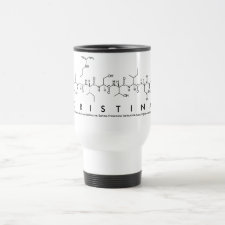
Authors: Giovannoli C, Passini C, Baravalle P, Anfossi L, Giraudi G, Baggiani C
Article Title: An innovative approach to molecularly imprinted capillaries for polar templates by grafting polymerization.
Publication date: 2012
Journal: Journal of Molecular Recognition
Volume: 25
Issue: (6)
Page numbers: 377-382.
DOI: 10.1002/jmr.2186
Abstract: Molecularly imprinted polymers have been successfully used as selective stationary phases in capillary electrophoresis. Notwithstanding, this technique suffers from several drawbacks as the loss of molecular recognition properties in aqueous media and the lack of feasibility for imprinted systems directed towards highly polar templates soluble in aqueous environments only. Thus, the preparation of imprinted polymers for highly polar, water-soluble analytes, represents a challenge. In this work, we present an innovative approach to overcome these drawbacks. It is based on a surface molecular imprinting technique that uses preformed macromonomers as both functional recognition elements and cross-linking agents. A poly-2-hydroxyethyl-co-methacrylic acid linear polymer was grafted from the surface of silica capillaries. The grafted polymer was exhaustively esterified with methacrylic anhydride to obtain polyethylendimethacrylate-co-methacrylic acid linear chains. Then, as a proof of concept, an adequate amount of a very polar template like penicillin V was added in a hydro-organic mixture, and a thin layer of imprinted polymer was obtained by cross-linking the polymer linear chains. The binding behaviour of the imprinted and non-imprinted capillaries was evaluated in different separation conditions in order to assess the presence of template selectivity and molecular recognition effects. The experimental results clearly show that this innovative kind of imprinted material can be easily obtained in very polar polymerization environments and that it is characterized by enhanced molecular recognition properties in aqueous buffers and good selectivity towards the template and strictly related molecules. Copyright © 2012 John Wiley & Sons, Ltd
Template and target information: penicillin V
Author keywords: molecularly imprinted polymer, polymer grafting, grafting polymerization, thin film, capillary electrophoresis, penicillins, molecular recognition



Join the Society for Molecular Imprinting

New items RSS feed
Sign-up for e-mail updates:
Choose between receiving an occasional newsletter or more frequent e-mail alerts.
Click here to go to the sign-up page.
Is your name elemental or peptidic? Enter your name and find out by clicking either of the buttons below!
Other products you may like:
 MIPdatabase
MIPdatabase









